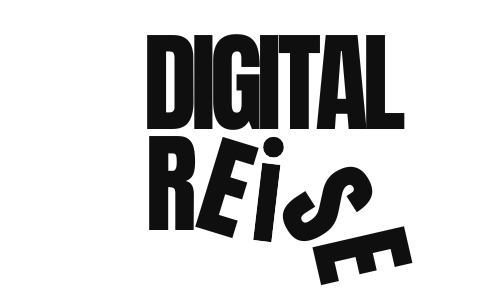Unlocking Social Selling: The Power of Building a Community
Social selling is more than just setting up social media pages, assigning a community manager, and allocating a budget for ads. Sure, you’ve taken the first steps, and it feels like you’re ready to dive into social selling. But are you truly prepared?
Here’s the tough reality: there’s a lot more to it. Having a social media presence is just the foundation. The true challenge lies in building a thriving community. Are you engaging your audience with a tone that resonates, or are you relying on outdated, radio-ad-style messaging? Are your visuals optimized for the digital experience, or are you simply repurposing designs from your print campaigns?
Humans don’t like being sold to instead they connect with brands that tell stories :
The truth is, many businesses, especially startups, make the same mistake: they treat social media like just another sales channel. They focus only on exposing their products or services, creating content that’s all about the product and pushing sales directly.
But here’s the catch : as human beings, we don’t like being sold to. When we feel like someone is trying to push a product on us, we pull back.
Then what to do instead ?
Instead, we connect with brands that tell stories, that help us see how their product fits into our lives. We buy from the people who showcase our needs, not just their products. Social media should be a space for building relationships, not just transactions. When you shift your focus from selling to sharing stories, showing value, and addressing your audience’s problems, you’ll create a connection that leads to trust and loyalty.
Let’s take an example :
You post a new promotion for your product on social media, and one of your followers comments, “This seems overpriced and unnecessary.”
You have three options :
Option 1: Ignore it—after all, most of the comments are positive, and one negative doesn’t hurt, right?
Option 2: Reply with: « Our product is the best on the market, and we’re sure you’ll find it’s worth every penny. Thanks for your feedback! » (Then move on to the next post.)
Option 3: Respond with: “Hey [Name], I see where you’re coming from! I know that price can be a big factor when making a decision. What’s most important to you when purchasing a product? We’d love to hear more so we can continue improving!”
Which response would you pick ?
If you lean toward Option 1 or 2, let’s take a moment to think. Social media isn’t just about promoting products—it’s about creating conversations and relationships. Option 3 opens up a dialogue, shows you value the customer’s opinion, and can even lead to a solution that helps you both. It’s not about pushing your product harder, it’s about engaging your audience and building trust. And that’s what makes social media more than just a sales tool—it becomes an opportunity for connection.
Why is Relationship Building Important ?
Consumers today are looking for more than just a product—they want to feel heard, understood, and valued. When you engage with your followers in an authentic, human way, you’re not just marketing a product; you’re offering solutions that align with their needs and values. This approach doesn’t feel like a pushy sales pitch. Instead, it creates an experience where your audience feels involved in your brand’s journey
How to Build Relationships and Trust:
- Engage in Conversations: Start meaningful discussions, ask questions, and listen to your followers. This builds long-term relationships and makes them feel valued.
- Share Your Story: Share behind-the-scenes moments and your journey. Telling your story helps followers connect with your brand on a personal level.
- Be Consistent and Transparent: Consistency builds trust over time. Be transparent about your product and openly address any issues.
- Provide Value First: Share helpful content and tips without asking for anything in return. Providing value fosters trust and positions you as an authority.
How Relationship Building Leads to Social Selling :
- Soft Sell, Hard Impact: Instead of pushing hard sales, weave product mentions into natural conversations. For example, talk about how your product can solve a problem in a discussion, without the aggressive pitch.
- Trust Equals Recommendations: Trusted brands get shared. When customers trust you, they’re more likely to recommend your products and even buy from you themselves.
- Loyalty Over One-Time Sales: Social selling is about building long-term relationships, turning first-time buyers into repeat customers who bring others with them.
The social media landscape is constantly evolving, and to stay ahead, we must stay in tune with what our audience wants, adapting to their ever-changing needs. To truly succeed, you need to go beyond just managing your social media accounts. Instead, focus on building a community where your audience is eager to engage with your content. When you make your followers strive for your content, that’s when the real selling begins.







